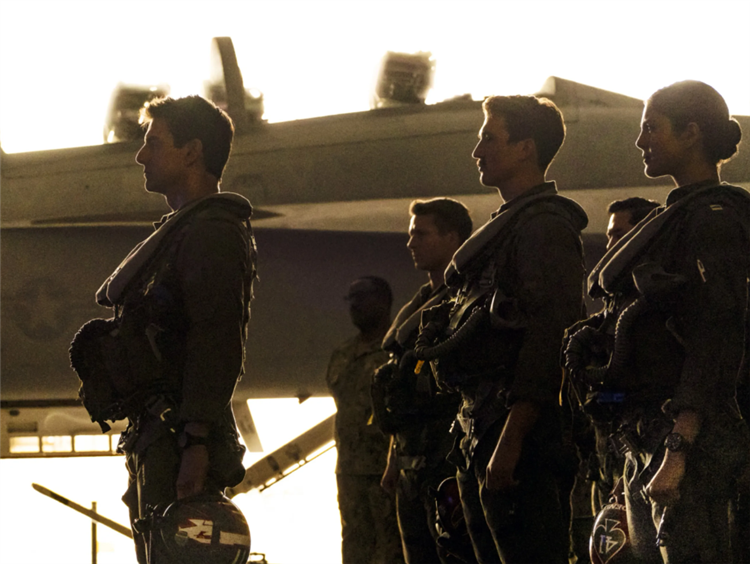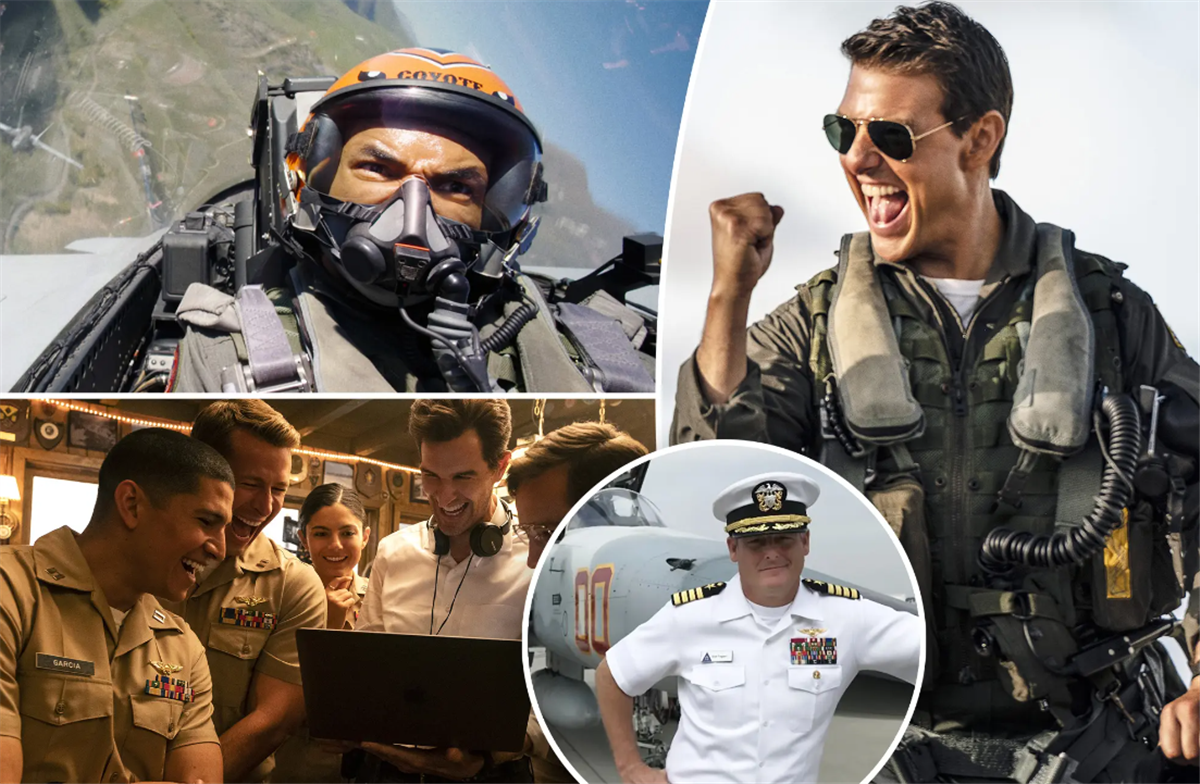Top Gun: Maverick’s air combat sequences get put under the microscope by U.S. Navy Admiral Samuel Paparo, who is a real life graduate of the TOPGUN program. Directed by Joseph Kosinski, the sequel to 1986’s Top Gun was released last year to rave reviews and a very strong showing at the box office. Like most Tom Cruise movies these days, Top Gun: Maverick put an emphasis on practical stunts over CGI, which resulted in a number of jaw-dropping aerial sequences.
Now, in a recent episode of CBS News’ 60 Minutes, Admiral Paparo and his colleague, Lt. Cmdr. Patrick Tucker, review how accurate Top Gun: Maverick’s fighter jet sequences actually are. While the two members of the U.S. Navy award top marks in some areas, other elements of the film stray into pure fiction. Check out Paparo and Tucker’s comments below:

Adm. Paparo: “I saw a couple of maneuvers and I turned to my kids and described what they were. And there were numerous maneuvers that are completely applicable in air combat maneuvering…I thought that the flying scenes on the first one were incredible. But there was even more realism in ‘Top Gun: Maverick.'”
Lt. Cmdr. Tucker: “The flying is fairly accurate, to an extent. The camera shots in the aircraft were…real. But as far as the fake mission, and kind of the story behind it, maybe not quite as accurate.”
Why Top Gun: Maverick Feels So Realistic

Like any movie based on real events, people, or situations, the goal is not always to be 100% accurate to real life, but to tell a compelling story with a level of verisimilitude that allows deviations from reality to not shatter audiences’ suspension of disbelief. Top Gun: Maverick nails this, blending fact and fiction to tell an emotionally resonant and ultimately thrilling story about a former Top Gun instructor’s return to action. A big part of the reason why the film works so well is its commitment to real fighter aircraft sequences.
Cruise put the cast through what would later become known as “Tom Cruise Boot Camp” to prepare them for their roles, which included training at high G levels. Cruise and the cast didn’t actually fly any planes for the film, but were taken up in real fighter aircraft with experienced pilots so that they could film their scenes. Instead of relying on CGI and green screen, then, the cockpit scenes in the film feature real actors experiencing high G-forces in front of a real background, which ultimately helps to sell the action as real.
As Lt. Cmdr. Tucker points out, the Top Gun: Maverick third act sequence delves more into fiction for the sake of telling a compelling story and delivering a thrilling movie experience. The mission itself is somewhat far-fetched and perhaps could have been completed using a drone or something of that nature, but it doesn’t really matter because it feels real and has high stakes as it plays out on screen. While Top Gun: Maverick certainly stretches the truth in some regards, the suspension of disbelief is maintained throughout and it serves its purpose as a thrilling piece of entertainment.
